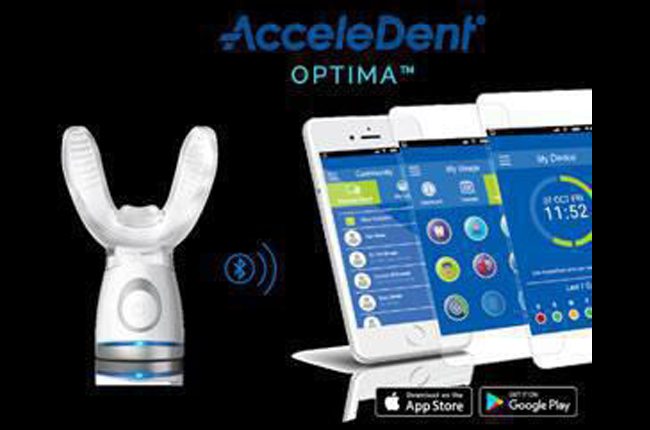TMJ /TMD
TMJ
The temporomandibular joint (TMJ or TM joint) is a complex joint that allows both rotation and translation. And to make the function more complex we have two TM joints that are linked together by the lower jaw, the mandible. Each TM joint is made up of the condyle of the mandible and the glenoid fossae of the temporal bone. And between the condyle and the temporal fossae lies the important temporomandibular disc. A complex network of nerves and blood vessels surround the TM joints.
Do you have a problem with your TM joints?
Healthy TMJs allows you to talk, chew, and yawn with ease and comfort. If you experience clicking/popping of your jaw joints, limited opening, locking of your jaw, and/or jaw pain, you have some degree of temporomandibular dysfunction or TMD. You may also see the term temporomandibular disorder…this is the same thing...TMD.
TMD
TMD refers to all types of temporomandibular joint dysfunction, a common disorder that causes mild to severe symptoms of pain near the TMJ. It often radiates pain to several other parts of the patient's head, face, and neck. The challenging part in diagnosing TMD is that some patients may not be experiencing jaw joint symptoms but may have TMD that is causing symptoms seemingly unrelated to jaw joints such as dizziness or migraines.
Signs and Symptoms of TMD
- Headaches
- Migraines
- Ear pain, fullness, congestion
- Jaw pain, popping or clicking sound, lockjaw
- Dizziness
- Clenching of teeth
- Facial pain
- Eye pain
- Neck pain that radiates to the shoulder
- Pain in the TMJ as you chew or yawn
Figure 1
Diagnosis
We believe that proper treatment starts with an accurate diagnosis. At Phelps & Cohen Orthodontics, we use iCAT CBCT (link to iCAT page) imaging to evaluate TMJ anatomy. Figure 1 depicts the size and shape of a left condyle in health. Figure 2 shows the significant arthritic change of a left condyle using CBCT imaging. Figure 3 shows significant posterior displacement of a left condyle. The red line indicates the center of the condylar head. It should be positioned further forward in the glenoid fossa so that the red line overlays the yellow line, which represents the center of the fossae.
Figure 2
Both of the condylar conditions represented in Figures 2 and 3 can lead to significant problems including migraines, jaw pain, and poor balance. If there was no history of trauma then a likely cause of the TMD represented in these images is airway obstruction and the resultant muscle parafunction.
Treatment
Figure 3
After a thorough consultation and exam, we will provide non-surgical treatment options to minimize TMJ inflammation and restore the best possible TMJ function. We will also manage referrals to health care providers as indicated to evaluate anatomical airway obstruction (ENT) and functional sleep breathing (sleep physician).
Learn more about TMJ/TMD or call us from your nearest location to schedule an appointment with our dental professionals at Phelps & Cohen Orthodontics. You can also enter your appointment request here.
Location
Main Office (San Jose - Rosegarden area) 2075 Forest Avenue, Suite 2, San Jose, CA 95128
Phone: (408) 298-3433
Email: [email protected]
- MON: 9:00 am - 6:00 pm
- TUE: 9:00 am - 5:30 pm
- WED - THU: 8:30 am - 5:00 pm
- FRI: 9:00 am - 4:00 pm
- SAT - SUN: Closed
- MON - TUE: Closed
- WED - THU: 8:30 am - 5:00 pm
- FRI - SUN: Closed
- MON: Closed
- TUE: 8:30 am - 5:30 pm
- WED - SUN: Closed











